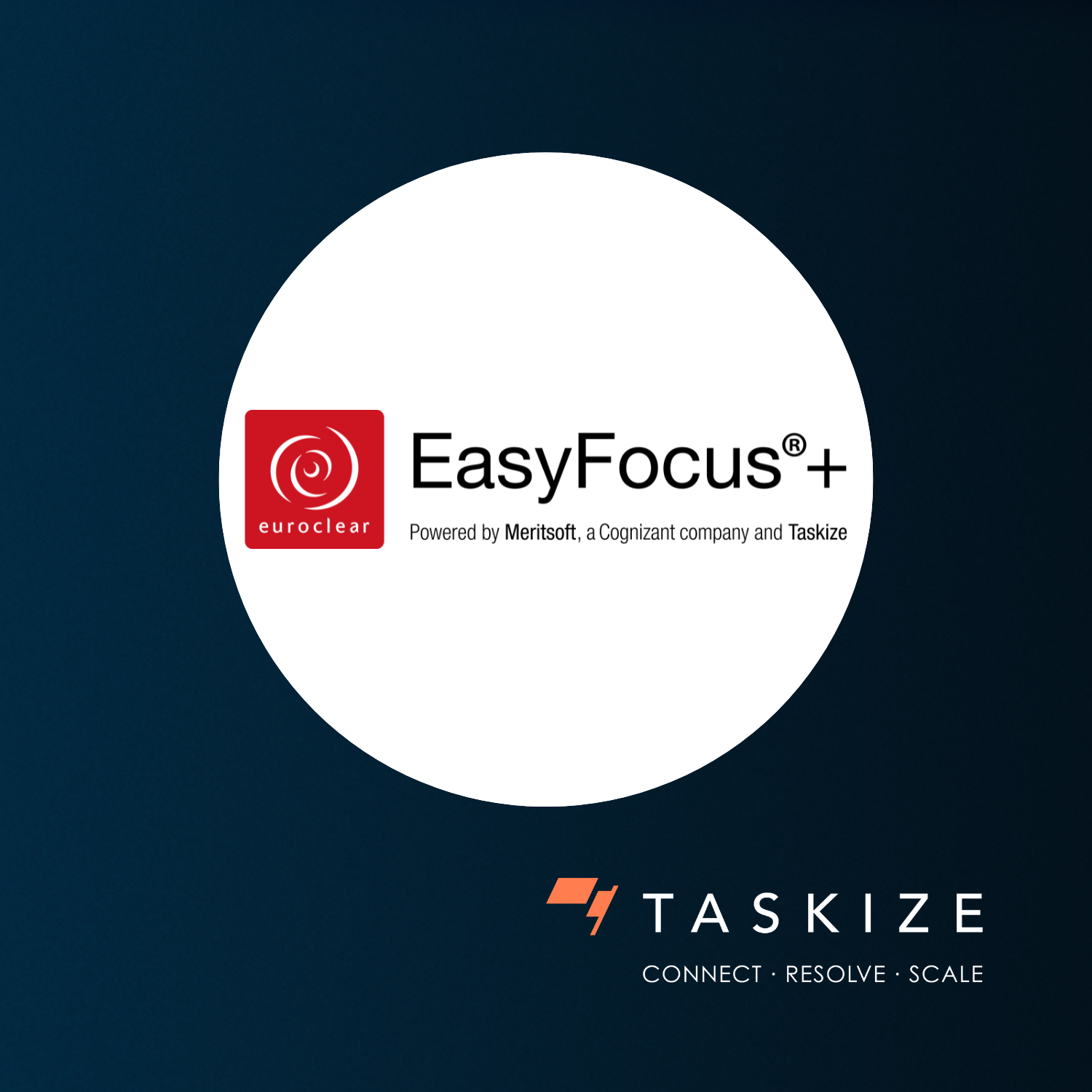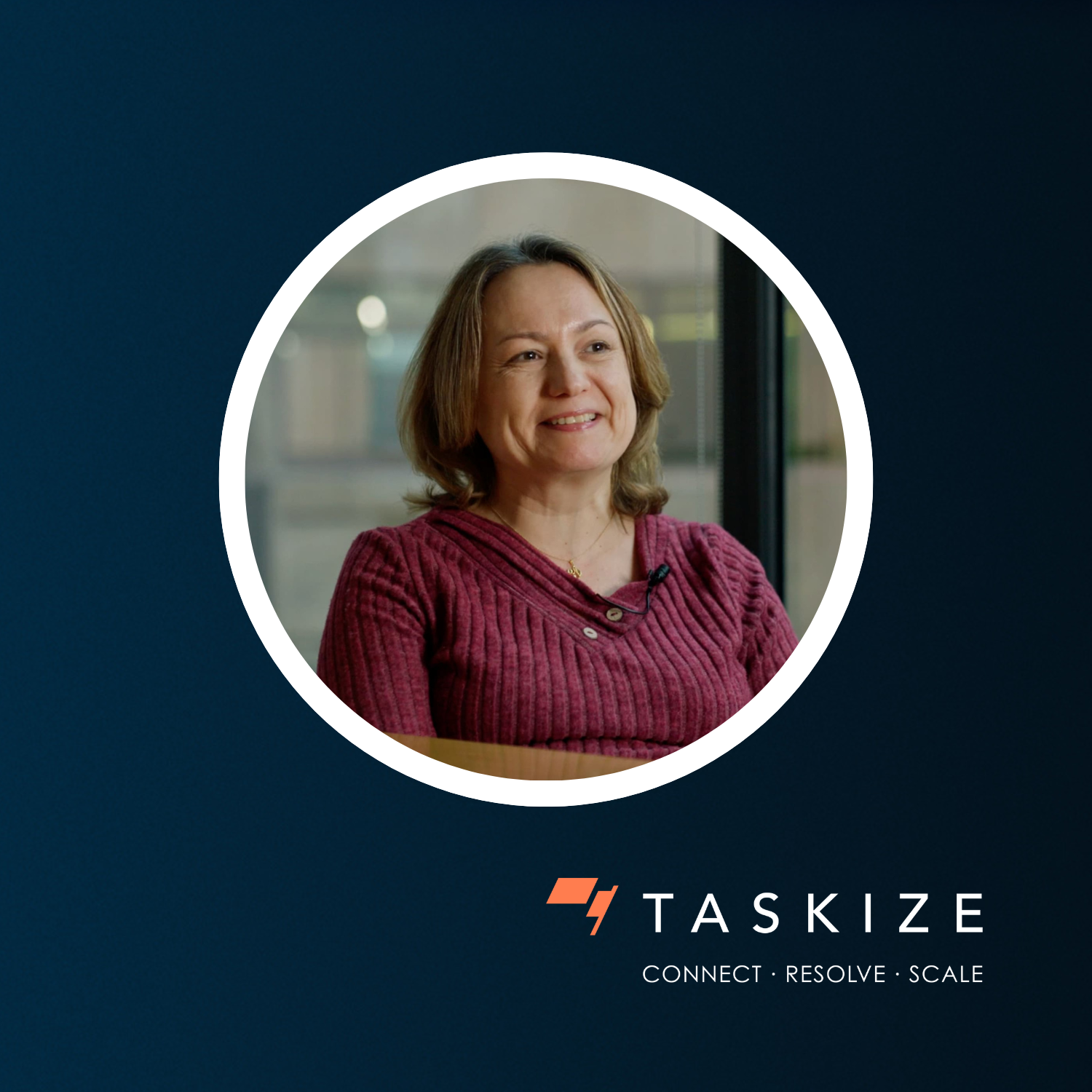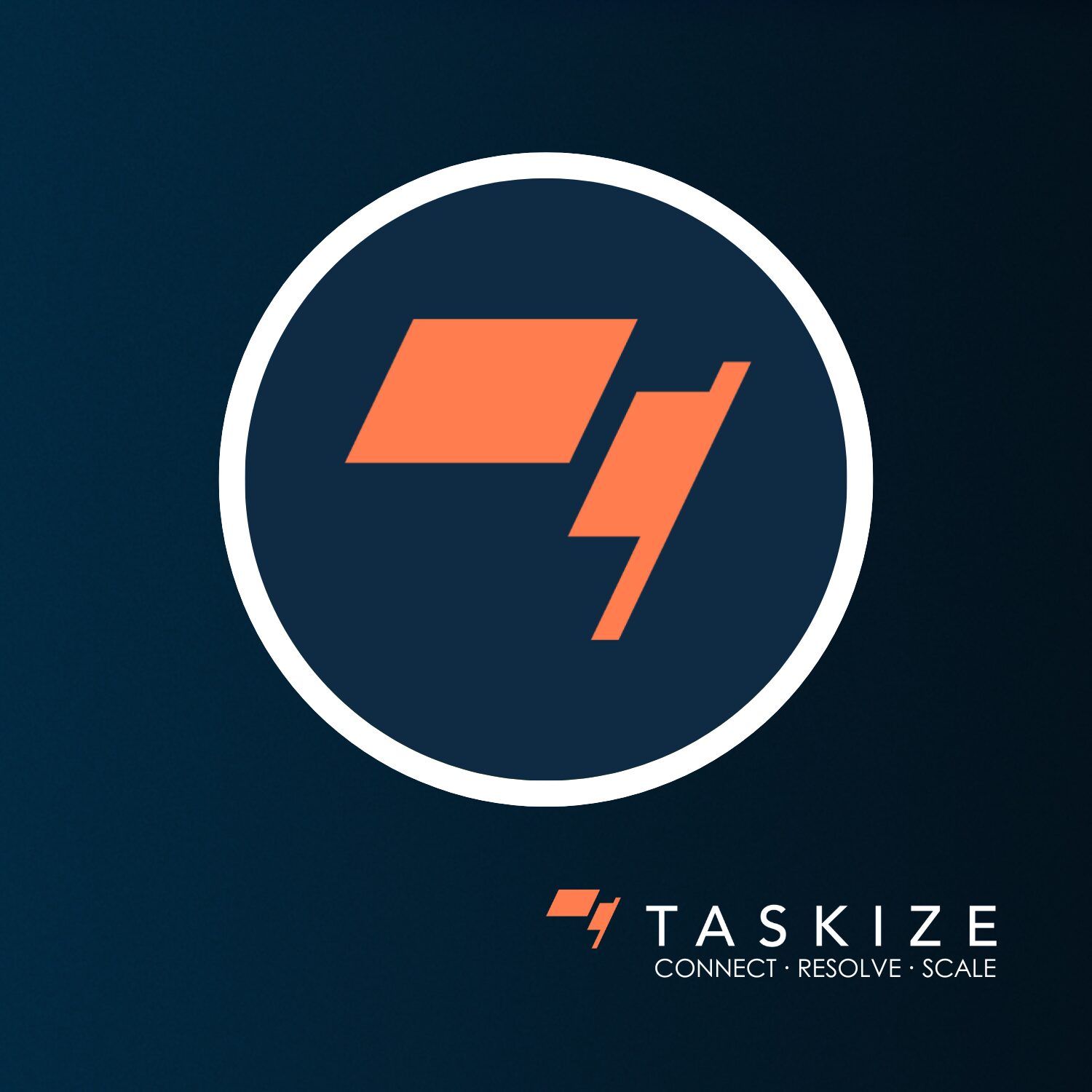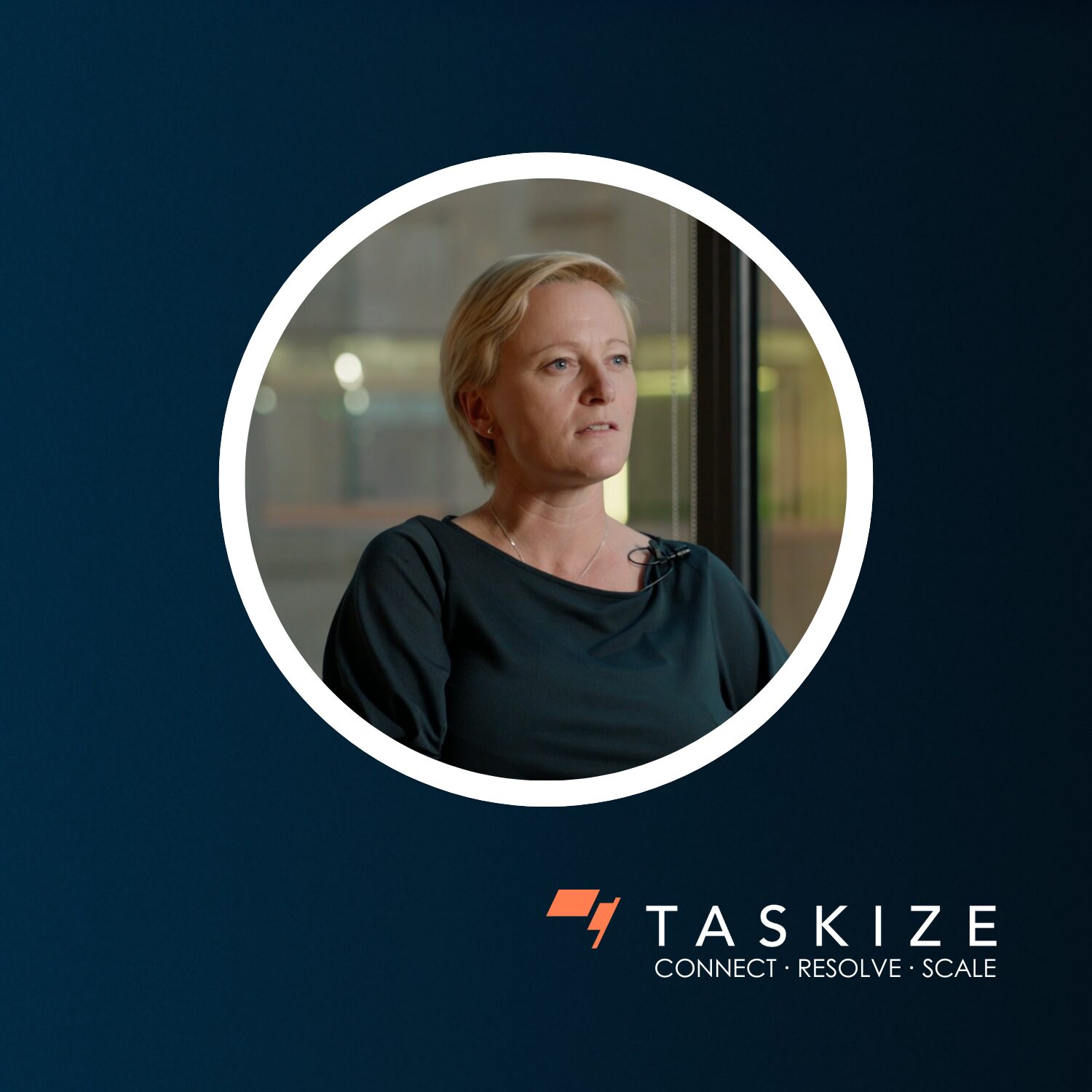Euroclear EasyFocus+ – media coverage round-up
Working in collaboration with Euroclear and Meritsoft, Taskize co-launched Euroclear EasyFocus+ in June 2025. The trade …
Meet the Taskize Team: Product
In this edition of our Team Voices series, we sit down with Helena Pichler, our Senior Technical Writer, to learn more a …
Meet the Taskize Team: Marketing
In our latest episode of our Team Voices series, the spotlight falls on marketing – the creative team behind how Taskize …
Explore our refreshed website
We’re excited to unveil a refreshed Taskize website – not a redesign but a fresh look at who we are, what we do, and whe …
Meet the Taskize Team: Product Management
At Taskize, our people are at the heart of what we do – and in our latest ‘Team Voices’ episode, we shine a light on Sco …
Euroclear teams with Meritsoft and Taskize to launch next generation AI service
Brussels/London, 16 June 2025 – Euroclear, in line with its strategy of reducing industry fragmentation and delivering s …
Meet the Taskize Team: Business Development
Our ‘Team Voices’ series continues – this month, we’re shining a spotlight on Jamie Sukumaran, one of Taskize’s Sales Sp …
Taskize strengthens leadership team with new CFO
Taskize, the leading investment operations collaboration platform and Euroclear-owned fintech, has appointed ex-EY, Barc …
Behind the scenes at Taskize: The people who power our platform
At Taskize, we're proud to be a fintech company that's as much about people as it is about technology.
Meet the Taskize Team: Account Management
Our ‘Team Voices’ video series continues – this month, we spotlight Kerry Alvarez, Taskize’s Account Management Lead.




.png)

